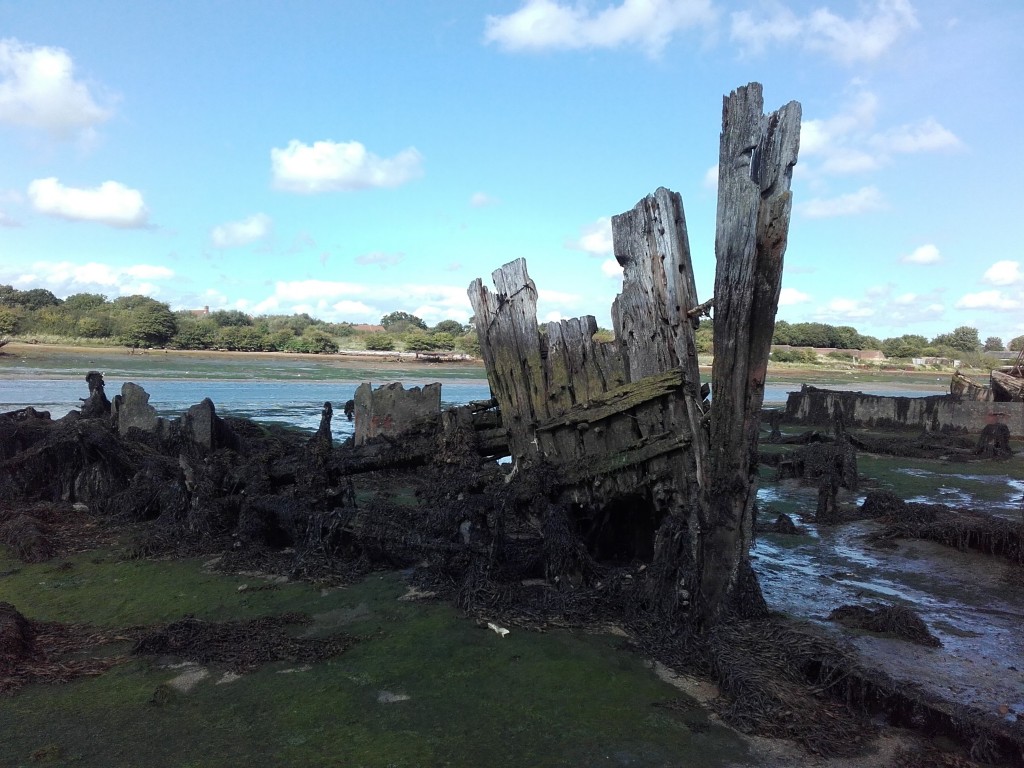Nissia: My favourite maritime archaeology fieldwork experience
In this short video, Crystal Safadi discusses the fieldwork she undertook at Nissia, Paralimni, Cyprus:
The Nissia Shipwreck is from the Ottoman period. It is located on the southeast coast of Cyprus. The shipwreck has been known about by the local diving community ever since the 1980s.
Continue reading →








